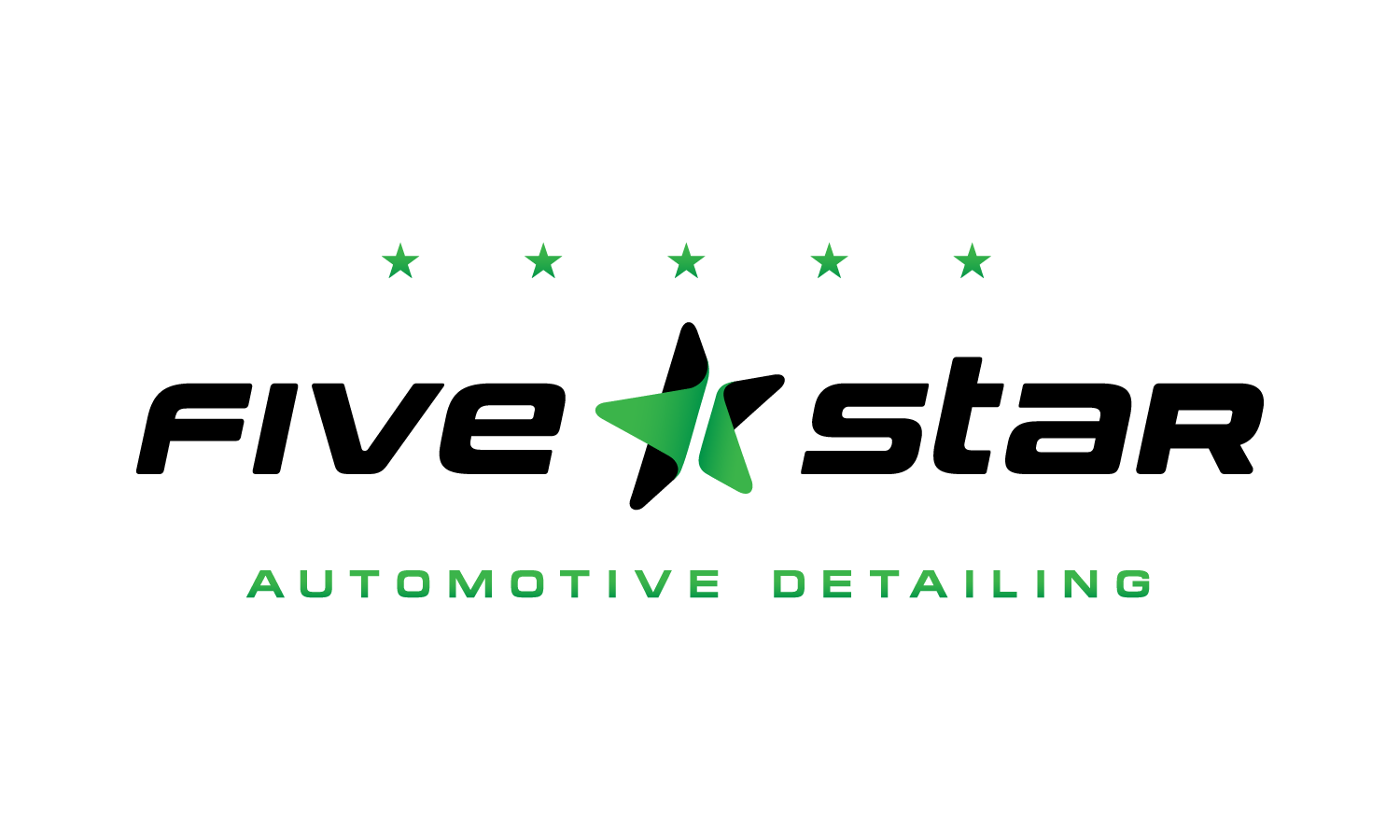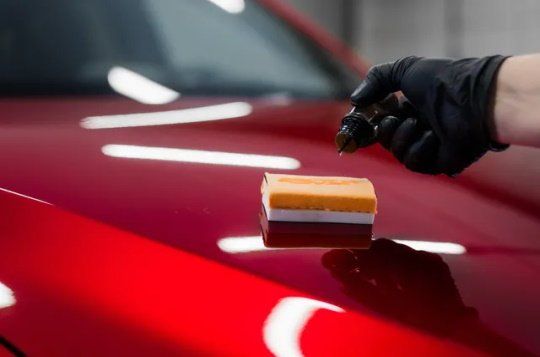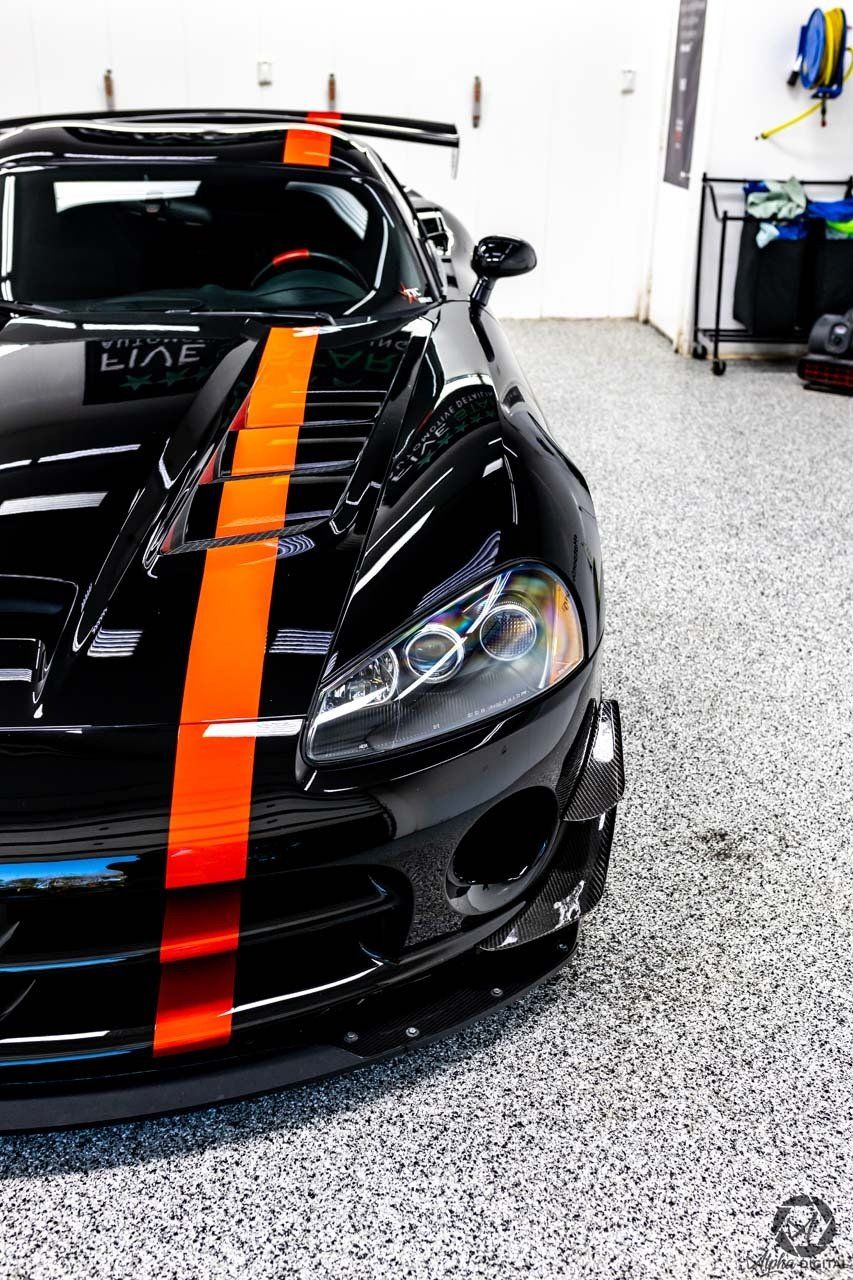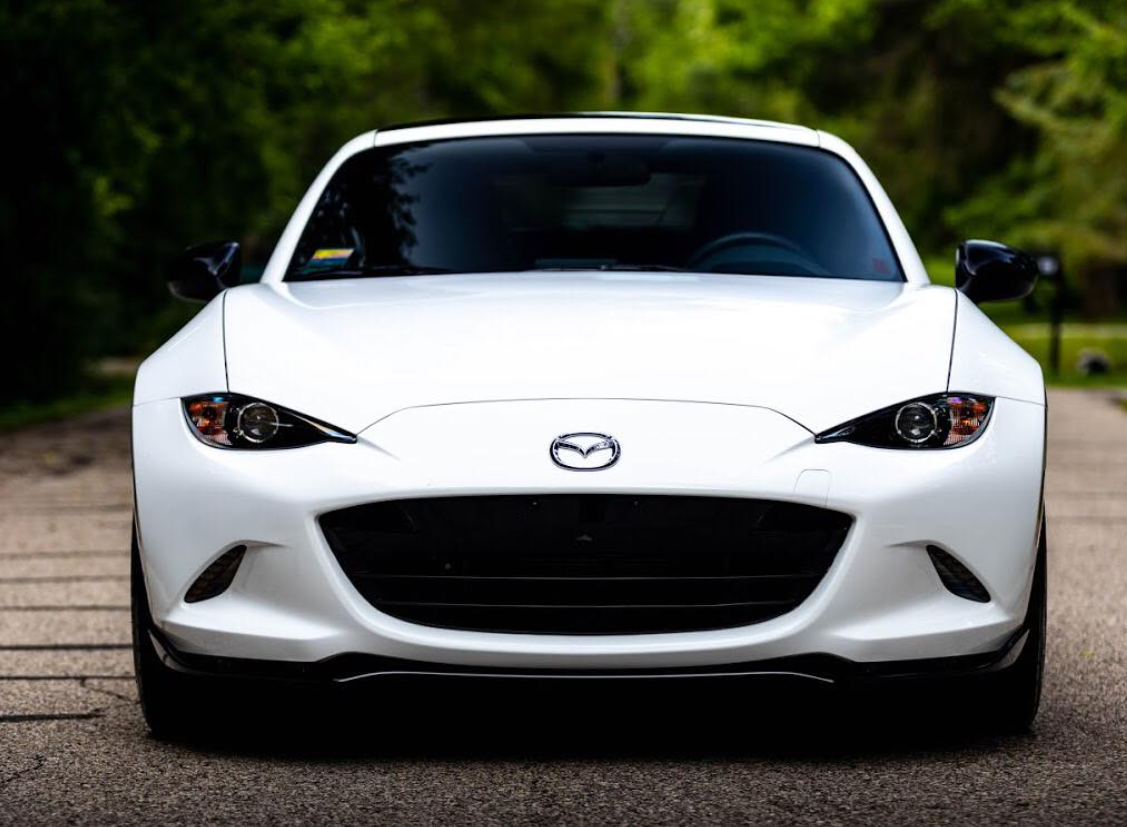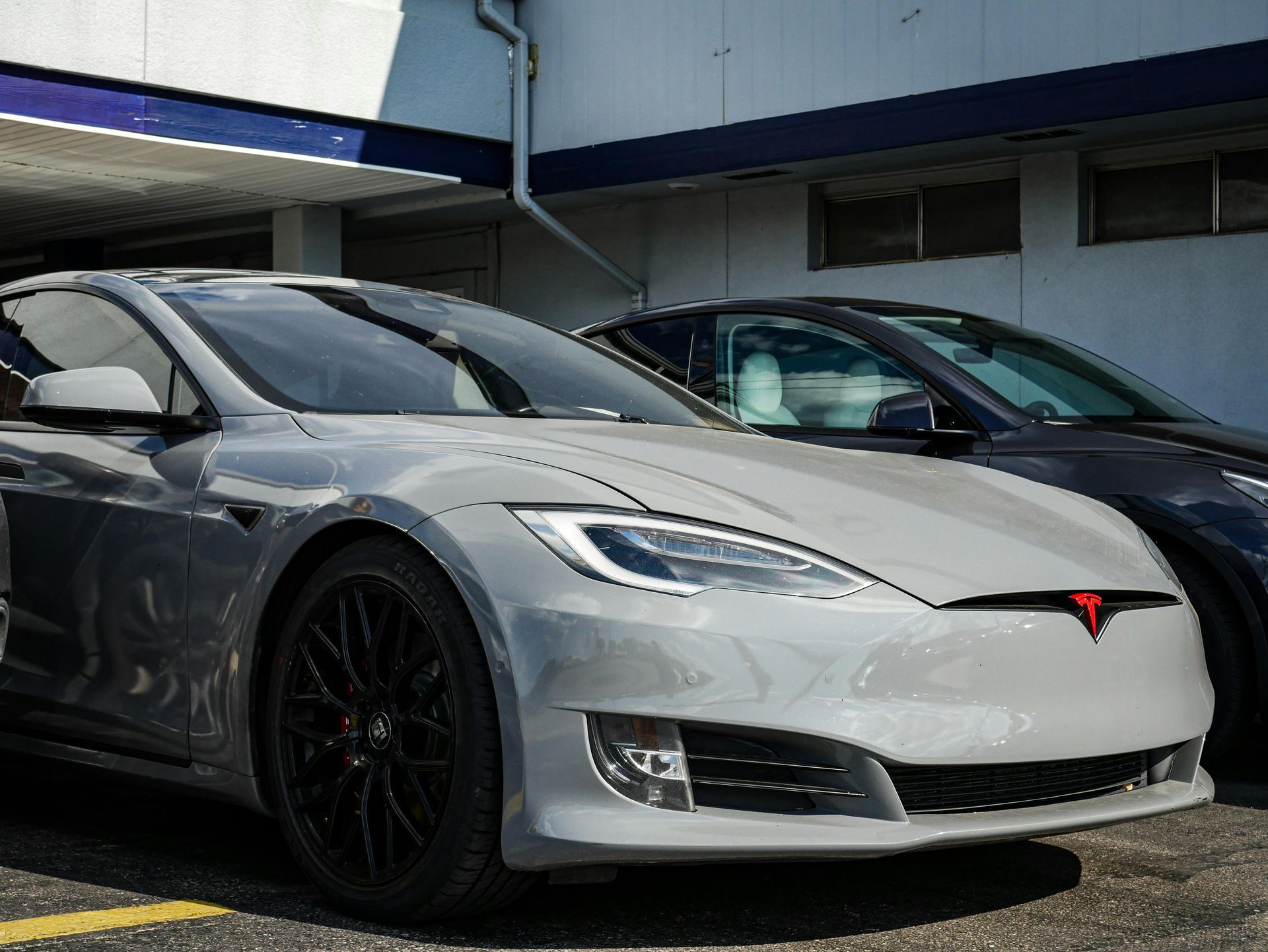Ceramic coating and waxing are two methods used to protect your car's surface. Ceramic coating is a liquid substance that sticks to your car's paint on a molecular level, providing durable protection. On the other side, waxing consists of spreading a layer of protective wax on the car's outer layer, which offers short-term durability but is easy to apply. Think of ceramic coating as a hard shield lasting for years, while waxing is more like a temporary umbrella open only when it rains.
The key differences between ceramic coating and waxing lie in durability, shine, and application. While ceramic coatings offer long-lasting protection (2-5 years) with high chemical and UV resistance, traditional waxing provides a deep, candy-paint-like gloss but requires more frequent reapplication (a few weeks to a few months). Ceramic coatings demand a meticulous application process on top of a fresh polish, while waxing involves more manual labor but can fill in swirls.
How Does Ceramic Coating Differ from Waxing?
When it comes to safeguarding your prized car's paint job, there are distinct differences between ceramic coating and waxing. A ceramic coating is a liquid polymer that chemically bonds with the car's factory paint, creating a protective layer that typically lasts for 2-5 years. On the other hand, waxing involves applying a thin layer of protective wax product to the car's surface that generally lasts for 2–3 months. It is crucial to understand that each method's unique chemical composition has a direct impact on the strength and longevity of the protection it offers.
The major distinction lies in their longevity and durability. Ceramic coating, as a liquid polymer, creates a durable bond with the vehicle's paint, providing an enduring shield against environmental contaminants and UV rays. Conversely, wax creates a temporary physical barrier that wears off relatively quickly due to exposure to the elements and regular washing, necessitating frequent reapplication every few months to maintain optimal protection.
The degree of overall protection that both methods provide depends critically on this difference in durability. Ceramic coatings are more effective at protecting your car's finish from fading, oxidation, and degradation brought on by harsh environmental factors because they have higher chemical and UV resistance than other forms of protection. Imagine ceramic coating as a long-lasting fortress guarding your beloved vehicle against the relentless assault of the elements, while traditional waxing acts as a temporary shield that requires regular reinforcement to uphold its defensive capabilities.
Ceramic coatings are designed to add a layer of gloss to the car's appearance while maintaining minimal depth, offering maximum surface cleanliness and hydrophobic properties. This means water is repelled more effectively than with traditional waxing, contributing to easier maintenance and cleaning. In contrast, while traditional waxes provide a deeper, candy-paint-like gloss admired by many car enthusiasts, they typically do not offer the same level of hydrophobicity as SiO2-based ceramic coatings, which are known for their water-repelling properties.
By understanding these fundamental distinctions between ceramic coating and waxing, you can make an informed decision about which method best suits your car care needs, weighing factors such as durability, protection, and desired aesthetic outcomes.
Composition and Application of Ceramic Coating
Ceramic coatings are distinct from traditional waxes or sealants, primarily crafted from silicon dioxide (SiO2) or titanium dioxide (TiO2). These coatings consist of a liquid containing minuscule nanoparticles, forming a robust molecular bond when applied to your car's paint. This bond provides unrivaled durability and protection not matched by traditional wax or sealant. This means that the ceramic coating forms a semi-permanent bond with your vehicle's paint, delivering exceptional protection against various environmental hazards such as UV rays, oxidation, and other chemical contaminants. It's akin to providing your car with a suit of armor, shielding it from the daily onslaught of the elements.
The application process for ceramic coating can be intricate. It typically involves thorough surface preparation, including decontamination and polishing, to ensure the proper bonding of the coating. Imagine that your car's paint is like a canvas. Before applying any paint or protective layer, the canvas needs to be smooth and clean. The same goes for your vehicle's surface before a ceramic coating can be applied. After the meticulous preparatory steps, multiple layers of the ceramic coating are meticulously applied in a controlled environment to achieve optimal results. This level of detail is why professional application is often recommended for ceramic coatings, as achieving the perfect finish necessitates precision and expertise.
The curing process is also pivotal for ceramic coatings. Once applied, the coating typically requires a curing time of 24-48 hours under specific temperature and humidity conditions to achieve maximum effectiveness. This ensures that the coating fully bonds with the paint and forms a strong, protective layer. Understanding the composition and application process of ceramic coating underscores the meticulous nature of this method for safeguarding your car's paint.
Properties and Application of Wax
Traditionally, car wax has been a popular choice for protecting the paint on cars. Whether it's made from natural substances like carnauba or synthetic chemicals, car wax acts as a protective coating that repels water and contaminants to some degree. This protective layer helps shield your car's paint from environmental elements such as rain, sun, and dust but may not offer the same level of long-lasting protection as ceramic coating does. Wax acts like a shield against environmental factors, providing a sacrificial layer that takes the brunt of everyday wear and tear instead of your car's clear coat. While it may not be as durable as ceramic coatings, regular applications can provide a continuous layer of protection. However, keep in mind that this also means more frequent reapplications compared to ceramic coatings.
Applying wax to your car can be a satisfying and relatively easy process since it can be done at home without professional assistance. You get to take charge of keeping your vehicle looking polished and protected. When applying the wax, you typically use either a soft cloth or foam applicator to spread it evenly across the car's surface. As you apply the wax, ensure thorough coverage over the entire vehicle to maximize its protective benefits. Then comes the buffing stage, where you use another clean cloth to gently polish the surface to achieve both shine and protection. The simplicity of wax application makes it accessible for most car owners who want to maintain their vehicles' visual appeal and protective qualities without venturing into costly professional treatments.
UV and Paint Protection: Ceramic Coating vs Waxing
When it comes to shielding your car's paint from the sun and other environmental factors, both ceramic coating and waxing offer their own unique benefits.
Ceramic coatings are known for delivering robust UV and chemical protection, effectively guarding the car's paint from fading and oxidation. This can be a game-changer, especially for those residing in sunny locales where prolonged exposure to UV rays can deteriorate the vehicle's exterior. The longevity of this protection is particularly impressive, lasting up to 2–5 years in most cases. In contrast, waxing also offers UV protection, albeit not as effectively as ceramic coatings. It aids in preventing paint oxidation to a lesser extent than ceramic coating.
Simply put, if we were to compare it to personal care products, ceramic coatings are like a long-lasting SPF 50 sunscreen for your car, whereas waxing provides more of a moisturizing effect along with some sun protection. Each serves a purpose but at different levels of intensity and longevity. Understanding these distinctions between ceramic coating and waxing can help you make an informed decision based on your specific needs and preferences for your vehicle's paint protection.
Durability and Long-Term Impact of Both Methods
Ceramic coating acts as a knight in shining armor for your car's paint. With proper maintenance, it can stand guard for 2-4 years, and under optimal conditions, even up to 5 years or more. This impressive longevity is made possible by the tough barrier it forms against environmental contaminants such as bird droppings, tree sap, and pollutants, providing robust and uncompromising long-term protection.
The secret behind this resilience lies in the chemical properties of ceramic coatings. They are designed to create a strong bond with the surface of your car, forming a protective layer that shields against harmful UV rays, oxidation, and other environmental threats with admirable efficacy. The result? Your car's paint looks glossy and vibrant for an extended period, standing up to the harsh weather conditions and everyday wear and tear. In addition to its protective capabilities, ceramic coating also offers water repellency, making it easier to clean your car.
Price Comparison: Is the Cost Justified?
When it comes to car maintenance, costs are always an important consideration. Ceramic coating certainly has a reputation for being more expensive than traditional waxing. The initial investment in ceramic coating may make some car owners hesitant, especially when compared to the relatively lower cost of waxing. But here's where things get interesting - the longevity and advanced protective properties of ceramic coatings really make you think about whether the cost is justified.
Let's break it down. Ceramic coatings generally last longer than traditional waxing, providing durable protection against environmental contaminants, UV rays, and even chemical contaminants. With proper application and maintenance, a ceramic coating can last anywhere from 2 to 5 years or more, depending on the quality and type chosen. On the other hand, traditional waxing needs to be reapplied every few months for continuous protection, which incurs ongoing costs over time. The extended lifespan of ceramic coatings means less frequent re-application is needed, saving both time and money in the long run.
Additionally, the glossy finish provided by ceramic coatings often eliminates the need for frequent polishing and detailing. This means that the overall cost of maintaining your car's appearance may be significantly reduced with a ceramic coating. Consider this analogy: Investing in a high-quality jacket that is weatherproof and long-lasting may seem expensive upfront, but when compared to constantly replacing cheaper jackets that wear out quickly, the initial investment starts to make sense. It's the same principle with ceramic coating - while it may have a higher initial cost, its durability and long-term benefits make it a more cost-effective option over time.
Moreover, with warranties available for certain types of ceramic coatings, car owners have added assurance in their investment. These warranties often cover repairs or re-application if the coating doesn't perform as expected within a specified period, providing peace of mind and additional value. Considering these factors, it becomes clear that while ceramic coating may have a higher upfront cost compared to traditional waxing, its extended protection and long-term convenience make the cost fully justified for many car owners seeking lasting performance and enhanced appearance for their vehicles. Understanding the long-term savings associated with ceramic coatings illuminates their value proposition. It's not just about upfront costs; it's about investing in enduring protection and visual appeal.
Expert Ceramic Coating Service in Rochester, MN
Transform your vehicle into a masterpiece of protection and beauty with Five Star Automotive Detailing, your go-to destination for expert ceramic coating service in Rochester, MN. Our skilled technicians employ advanced techniques and premium-grade coatings to shield your car's exterior from the elements, ensuring unmatched durability and a head-turning shine. Bid farewell to tedious waxing and hello to effortless maintenance with our ceramic coating solutions, designed to resist UV damage and other environmental contaminants for years to come. Elevate your driving experience to new heights—schedule your appointment with Five Star Automotive Detailing today by calling us at 507-213-3561 and experience the pinnacle of automotive care!
